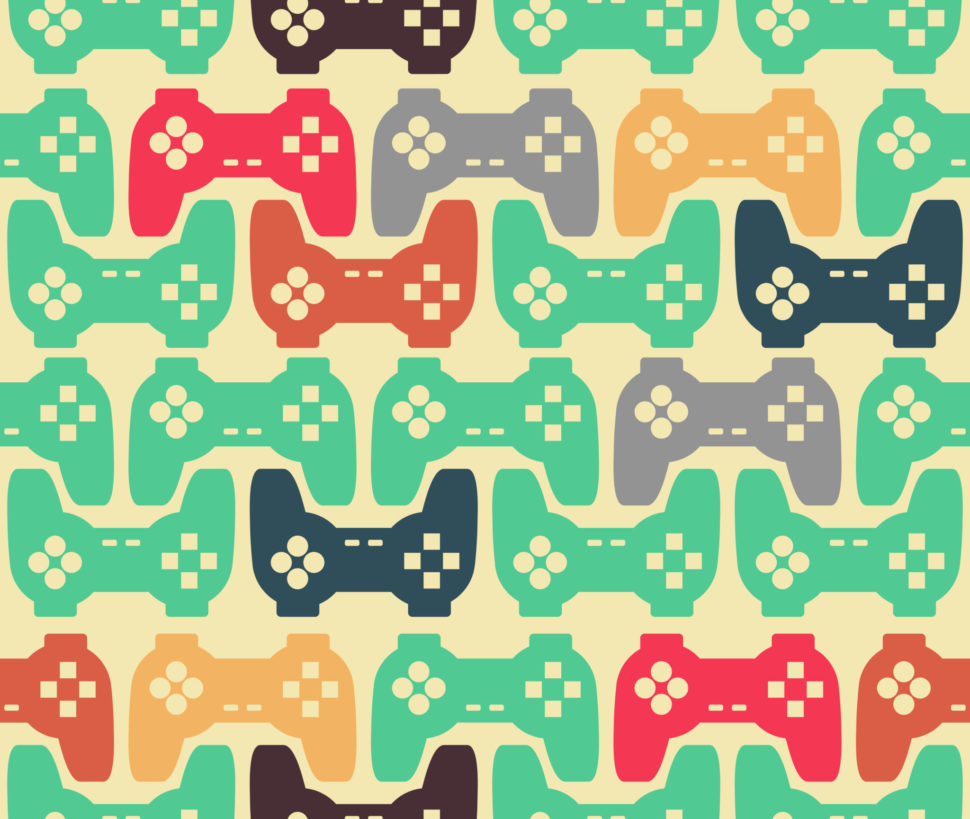Gamification is now an established trend across many industries. To take advantage of it, you only need to learn a little about it. As you’ll see here, a majority of the U.S. population is already familiar with this incentivizing technique.
Even if you aren’t familiar with the term ‘gamification’, you are probably familiar with the concept. Have you worked at a company that rewards you for hitting goals? Have you used an app such as Duolingo before? Then you are a user and, potentially, a player of gamification.
How could gamification become an efficient tool for digital marketing?
Is 2018 the end of the #Gamification Marketing trend?Click To TweetGamification in Business is Highly Effective
Regardless of whatever shortcomings gamification marketing has, it works. In fact, the concept has been around for quite a long time. As early as 2011, news outlets and individuals wrote various opinions about the concept.
While some thought it was a fad that perverted the real purpose of games, others saw it as a revolution.
Companies such as Trivie certainly made waves in the business gamification realm. Working with high profile clients such as Domino’s and McAfee, Trivie “gamifies” how companies train employees.
This involves incentivizing and positively rewarding behaviors you want to be repeated. It is no different than behavioral conditioning, but with knowledge as opposed to behavior.
But, by now, many people that use the Internet are gamers. In fact, statista reports that, in 2017, 64% of the U.S. population were gamers at some point. This figure is up from 58% in 2012, so you can see that knowledge of typical game methodologies has pervaded the U.S. population.
Despite this, employees are encouraged to engage with the gamification. And that engagement is key to how companies grow and flourish. With marketing, however, the exchange is not about knowledge or training. On top of that, refer to the points above.
In practice, gamification marketing is simpler than business gamification. The goals are also slightly different. If the goal of corporate gamification is to train employees, the goal of gamification marketing is to engage users and then sell to them to keep them engaged.
How Successful is Gamification Marketing and How Does it Work?
Despite being around for awhile now, many people are just discovering gamification. As the word suggests, it founds its roots in how video games work. You can explore mobile games such as Clash of Clans as to how incentivizing and purchases sync up.
But the theory behind it is similar to a stamp card at your local ice cream shop. You get a stamp for every ice cream you buy. After collecting ten stamps, you might get a free ice cream or some other reward. Gamification works exactly the same way, but on a larger scale.
MarketsandMarkets has estimated global gamification market growth from 2015 to 2020. The final number is slated to rise from $1.65 billion USD to $11.10 billion USD by 2020. It was even a candidate for “word of the year” in 2011.
But how does it work exactly?
Gamification marketing uses various tools to increase brand loyalty and engagement. Alexander Bickov outlined which tools those were specifically:
- “Points” or some kind of way of tracking progress and growth
- “Leaderboards” or competitive tracking systems to let users compare performance
- “Levels” or progress benchmarks for users to track their experience
- “Quests” or challenges to make users feel like they are accomplishing and contributing
- “Badges” to establish progress and display to others (think Boy/Girl Scouts)
- “Onboarding” or a quick, simple tutorial for a new level to a user
- “Engagement loops” or creating emotional resonance that provokes re-engagement
Engagement loops are similar to the ones we talked about with Facebook gratification loops. They refer back to all of the other systems and tools in order to recapture the user. A good case study for this is your favorite local coffee chain: Starbucks.
How Starbucks Gamified Their Already Successful App
Their phone app features mobile ordering, Starbucks card pay, reward tracking, and more. They offer rolling opportunities for “bonus stars” that incentivizes buying more Starbucks. Every time you reach 125 stars, you get a “reward” — the removal of the most expensive drink or food item you buy.
Of course, this is what it looks like for Gold members. Regular Starbucks customers might have different offerings or challenges. Either way, Starbucks has “gamified” its user base, boosting engagement and something else.
In tandem with Starbucks’ powerful brand loyalty, gamification works two-fold. It reinforces established loyalty while creating opportunities to bring others into the order. It is the incentivizing that is key to gamification marketing.
Knowing your audience and knowing how to get them to “play” is key to gamification marketing. That’s why Starbucks uses extra stars for purchases users probably already make. Some of them require you to buy specific menu items, steering users down specific paths they might not go on otherwise.
In pursuance of that goal, some brands, such as Duolingo, took things a step further.

How Gamification Provides a Useful Source of Motivation
Evolving with more and more functionalities each year, Duolingo is more than just a language app now. There is a chat function, profile badges, and even LinkedIn profile integration.
Duolingo took lessons from mobile games, classic team building strategies, and more. The team constructed a more advanced app with robust features. Language learning is still key, but now, there is a gambling element.
That’s right–you can wager “lingots” (in-game currency) and earn more if you practice more. This gamifies language learning, but this reminds me of another gambling-related aspect of modern gaming.
We covered it recently: the story of Star Wars: Battlefront II, loot boxes, and gambling. Some state legislators want to impose laws on random loot boxes for younger people. Since it incentivizes people to keep buying more loot boxes, it is essentially a slot machine.
This could lead to gambling addiction as gamers get older. Of course, this is speculative, but it warranted enough concern that EA totally changed its “pay to win” system. The video game Star Wars: Battlefront II is also practically dead.
Gamers and users don’t forget. That brand loyalty you spent years developing can be erased in a single second. Or with a single bad choice such as incorporating gambling into your game.
Does gamification marketing do the same thing?
Selling Saturation: Why Gamification Marketing Has a Shelf-Life
Beyond the potential scandal of gambling addiction, gamification marketing is cannibalizing itself. The entire conceit of gamification is that it makes its user base more knowledgeable and engaged.
As a result of this, more users will think, grow, and adapt beyond the gamification. It is similar to how younger generations don’t even pay attention to ads anymore. We are flooded with promotional emails, YouTube ads, and sidebar or banner ads daily. We may not be immune to the effects, but we are more aware of how they work.
This means that we can take steps to avoid falling “victim” to every single sales pitch in our lives. This also means that gamification marketing isn’t smart enough for its users in the long run.
On the other hand, it could just require adaptation of the strategies themselves. More companies strive to integrate gamification into their marketing campaigns and business models every day. We can only wait and see how users respond to this gamification saturation.



















As we are not playing games because we want to earn points, a point system is not Gamification. Being intrinisc motivated to play a game and being extrinsic rewarded for spending money with some points are two totally different approaches. Sorry, but this article is the prove why so many Gamification approaches fail in the midterm. I have written more about this problem here: https://www.linkedin.com/pulse/20140923202753-57620628-gamification-let-s-talk-marketing/